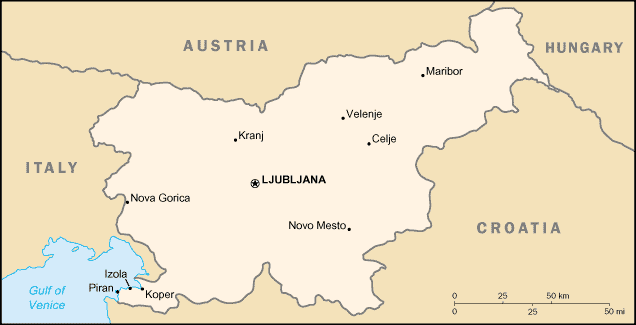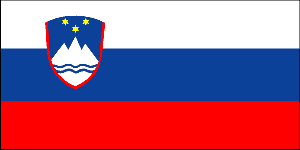
|
Slovenia
Background:
The Slovene lands were part of the Holy Roman Empire and Austria until 1918
when the Slovenes joined the Serbs and Croats in forming a new nation, renamed
Yugoslavia in 1929. After World War II, Slovenia became a republic of the
renewed Yugoslavia, which though Communist, distanced itself from Moscow's
rule. Dissatisfied with the exercise of power of the majority Serbs, the
Slovenes succeeded in establishing their independence in 1991.
|

Climate and Terrain:
Climate: Mediterranean climate on the coast, continental climate with mild to
hot summers and cold winters in the plateaus and valleys to the east.
Terrain: A short coastal strip on the Adriatic, an alpine mountain region
adjacent to Italy and Austria, mixed mountain and valleys with numerous rivers
to the east.
|
|
|
Economy overview:
Although Slovenia enjoys a GDP per capita substantially higher than that of the
other transitioning economies of Central Europe, it needs to speed up the
privatization process and the dismantling of restrictions on foreign
investment. About 45% of the economy remains in state hands, and the level of
foreign direct investment inflows as a percent of GDP is the lowest in the
region.
GDP - composition by sector: Agriculture: 4%, industry: 35%, services: 61%.
|
|